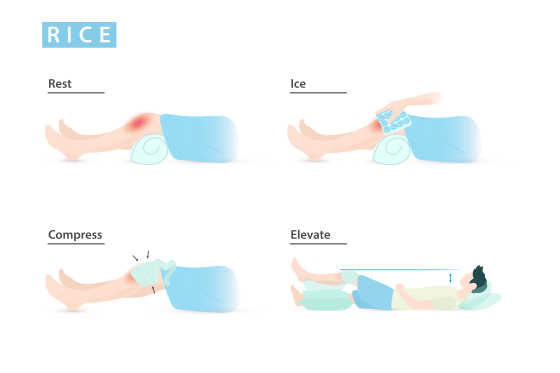The RICE Protocol (Part 2): Compression & Elevation
We’re back to dive deeper into the GOLDEN protocol for acute sprain and injury management on the tatami — the RICE Protocol.
If you haven’t read the first part of the article, we highly recommend checking it out first!
🩹 COMPRESSION
Compression is a key step in reducing swelling and stopping internal bleeding caused by the injury.
🎒 What should you keep in your bag?
Always have an elastic compression band tucked between your gi and your belt — it’s a small addition that can make a big difference.
💡 How to apply compression effectively:
- Wrap the injured area starting from the extremity (e.g., foot or hand) and move toward the core (e.g., knee or elbow).
- The goal is to apply firm pressure on the injured tissues to stop bleeding and limit local swelling.
- ⚠️ Be mindful of circulation: The band should be snug but not so tight that it cuts off blood flow.
🏡 Bonus Tip for Home Care:
When reapplying the bandage at home, consider using:
- Clay compresses for their natural anti-inflammatory properties
- Arnica and wintergreen patches to aid in reducing pain and swelling
🦵 ELEVATION
Elevation mainly applies to lower limb injuries. When standing, gravity works against proper fluid drainage, leading to prolonged swelling.
📏 Best practices for elevation:
- Lie down comfortably.
- Elevate the injured limb so it’s above the level of your heart — using pillows works great.
- This position helps:
- Encourage venous return from the foot to the torso
- Reduce vascular pressure
- Minimize swelling naturally
✅ Final Tips for a Strong Recovery
- Consult a healthcare professional once the RICE protocol is in place. They’ll help diagnose the injury precisely and suggest a tailored treatment plan.
- Remember: Early, consistent, and mindful care is the fastest route to a solid recovery.
- Don’t rush back onto the mats. Brazilian Jiu-Jitsu is a marathon — not a sprint.
Tchau galera, até mais. 👋

